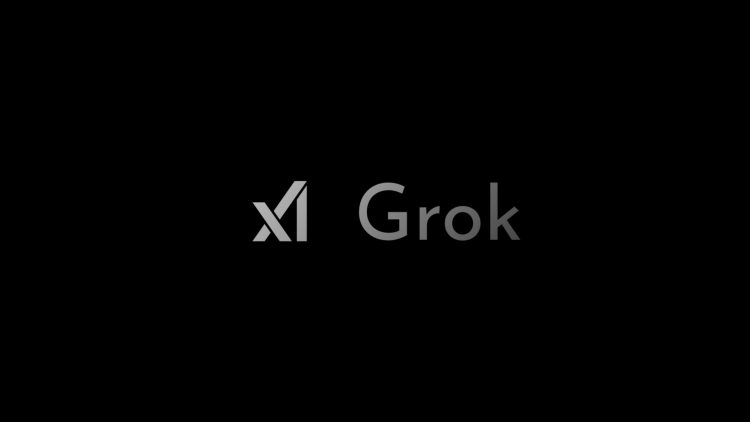Elon Musk’s artificial intelligence venture, xAI, has made a noteworthy move by releasing the base model of its Grok language model to the public domain.
While the company withholds the training code, this decision still marks a major development within the AI community.
Let’s delve into the specifics and explore the potential implications of this open-sourcing initiative.
Grok-1 looks like a raw, yet powerful foundation
Described as a 314-billion-parameter Mixture-of-Experts model, Grok-1 comes without fine-tuning for specific applications like conversation.
xAI emphasizes its raw nature, making it a potent, but unrefined tool, for AI experts.
Importantly, the company uses the Apache License 2.0.
What’s Apache 2.0?
The Apache License 2.0 (Apache-2.0) is a popular open-source software license. It’s considered a “permissive” license, meaning it grants users extensive rights to utilize the licensed software.
Key permissions granted by it are as follows:
- Use: You can freely use Grok for any purpose, including personal and commercial applications
- Modify: You’re allowed to modify and adapt their code to meet your specific needs
- Distribute: You can redistribute the original Grok code or your modified versions
I asked Grok who they think would win in a cage fight between them and ChatGPT 🤣 pic.twitter.com/gZLlSU4ctU
— Sir Doge of the Coin ⚔️ (@dogeofficialceo) November 9, 2023
Pushing for open-source AI while targeting OpenAI
xAI’s decision comes on the heels of Musk’s repeated criticism of OpenAI, a company he co-founded but is now suing over alleged breaches of its original open-source commitment.
This move aligns with Musk’s frequent call for companies to open-source their AI models, a practice he recently followed with Twitter’s (now X’s) algorithms.
This release arrives as numerous companies partially open-source their AI models.
Google’s Gemma2B and Gemma7B, along with Meta’s LLaMA, Mistral, and Falcon, illustrate this trend. Notably, even partly open-sourced models like Meta’s LLaMA often impose limitations and fees for commercial usage.
Grok’s fully open base model, with its commercial license, offers a potential edge in this arena.
Underwhelming chatbot, potential tool
xAI’s tool previously debuted in chatbot form, accessible only to paid subscribers of X.
The early reception of Grok was underwhelming, with the bot lacking the sophistication and capabilities of rivals from OpenAI and Google. However, the raw base model’s release offers developers the chance to build and refine Grok into a more potent AI tool.
Grok-1 ultimately becomes a significant contender in the AI landscape remains to be seen, but this move certainly amps up the competition and brings focus to the debate over open-source vs. proprietary AI models.
Featured image credit: xAI.





